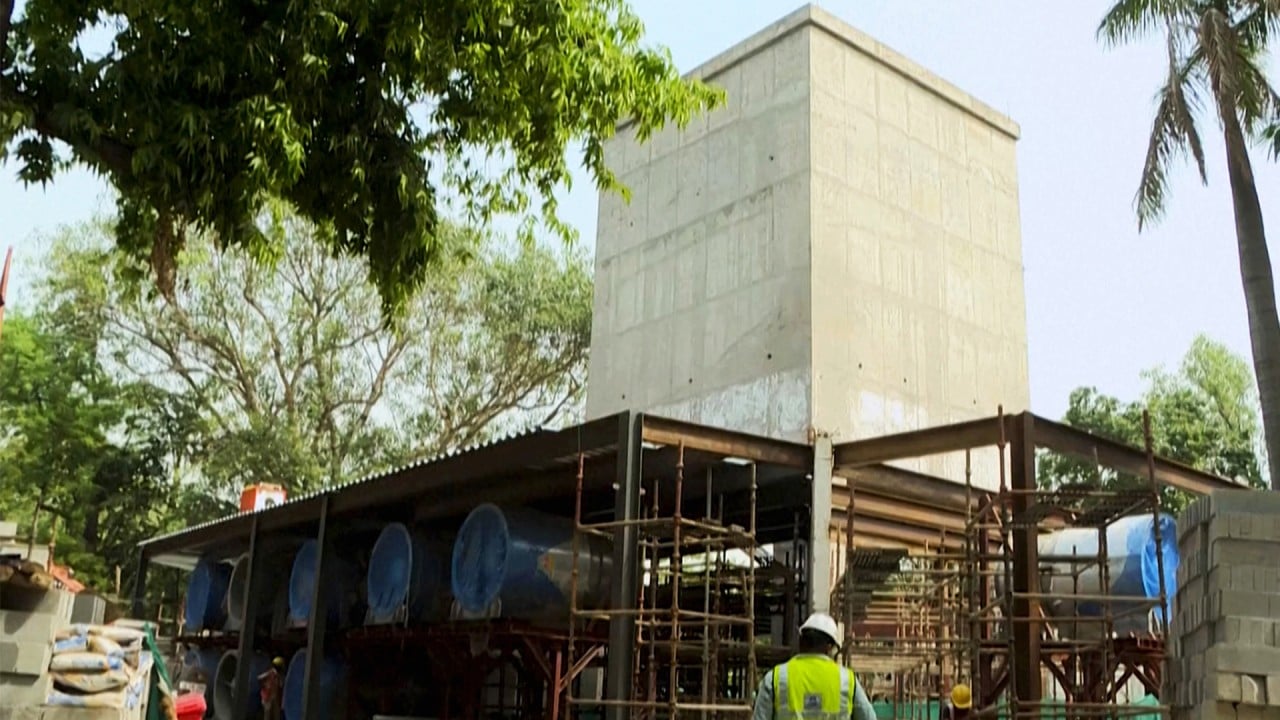
Battle for clean Beijing air will be a long one
- Blue skies over the capital and the meeting of national air quality standards for the first time have been celebrated, but the struggle to fight pollution while maintaining steady economic growth is far from over
Clean air and blue sky are still a luxury to many cities. Beijing is one of them. Despite its vigorous anti-pollution drive in recent years, the capital still makes headlines for its smoggy weather from time to time.
The images that its people are often choking in bad air do not do justice to the country’s efforts in improving air quality.
That perception is being dispelled by the latest report issued by Beijing’s environmental protection bureau. For the first time, the national air quality standards were met last year.
The concentrations of lung-damaging small particles known as PM2.5 averaged 33 micrograms per cubic metre. This was 13 per cent lower than in 2019 and a 63 per cent drop from the data first released by the authorities in 2013. The levels of sulphur dioxide and nitrogen dioxide also fell by 89 per cent and 54 per cent respectively.
For a country where economic growth precedes environmental protection, this is a significant achievement.
The authorities attributed the improvements to an array of measures over the years, including cutting coal consumption, relocating heavy industries and reducing transport emissions. The lockdown and travel restrictions in the wake of the Covid-19 epidemic might have also helped.
The milestone came just one month ahead of the Winter Olympic Games in Beijing and the neighbouring city of Zhangjiakou in Hebei province. Whether it is a one-off success remains to be seen.
In any case, efforts need to be sustained if clean air is to become an everyday reality rather than a policy goal.
Atlas shows hotspots for light pollution that may harm sea creatures
As officials rightly acknowledged, air pollution could not be tackled in just one battle. There is still a long way to go, especially when Beijing’s PM2.5 levels are still considerably higher than that recommended by the World Health Organization.
According to the global health watchdog, air pollution accounts for an estimated 4.2 million deaths per year due to stroke, heart disease, lung cancer and chronic respiratory diseases.
And some 91 per cent of the world’s population lives in places where air quality levels exceed WHO limits. China’s struggle to achieve carbon neutrality by 2060, while maintaining steady economic growth, means fighting air pollution will be a long-drawn-out battle.


